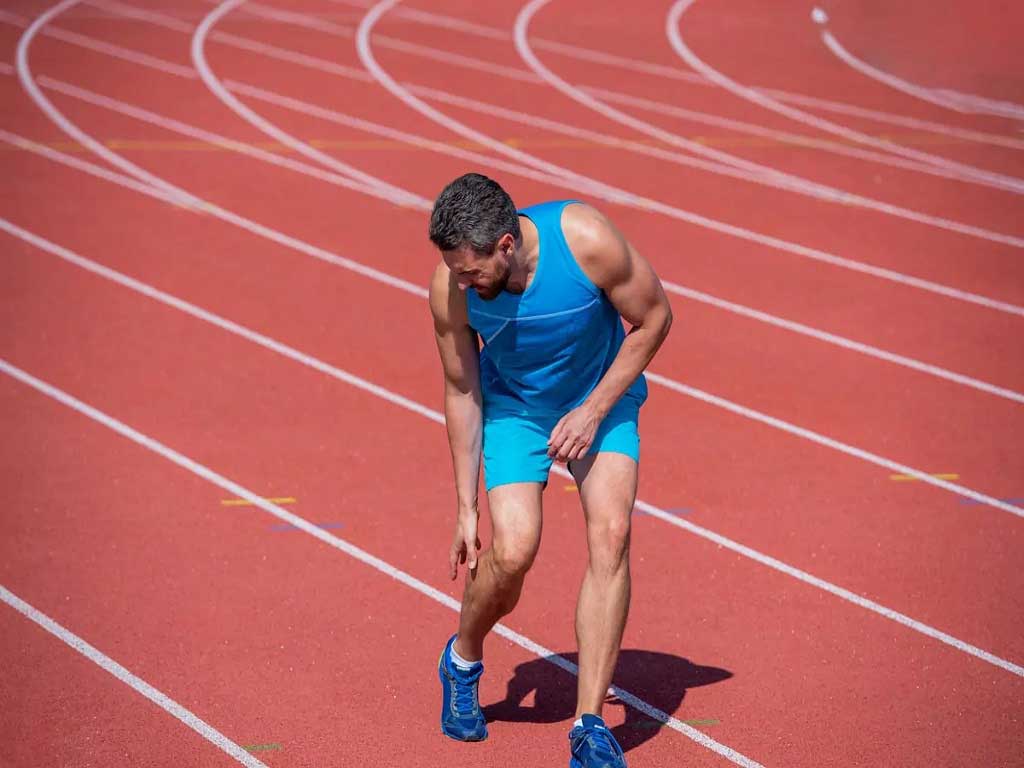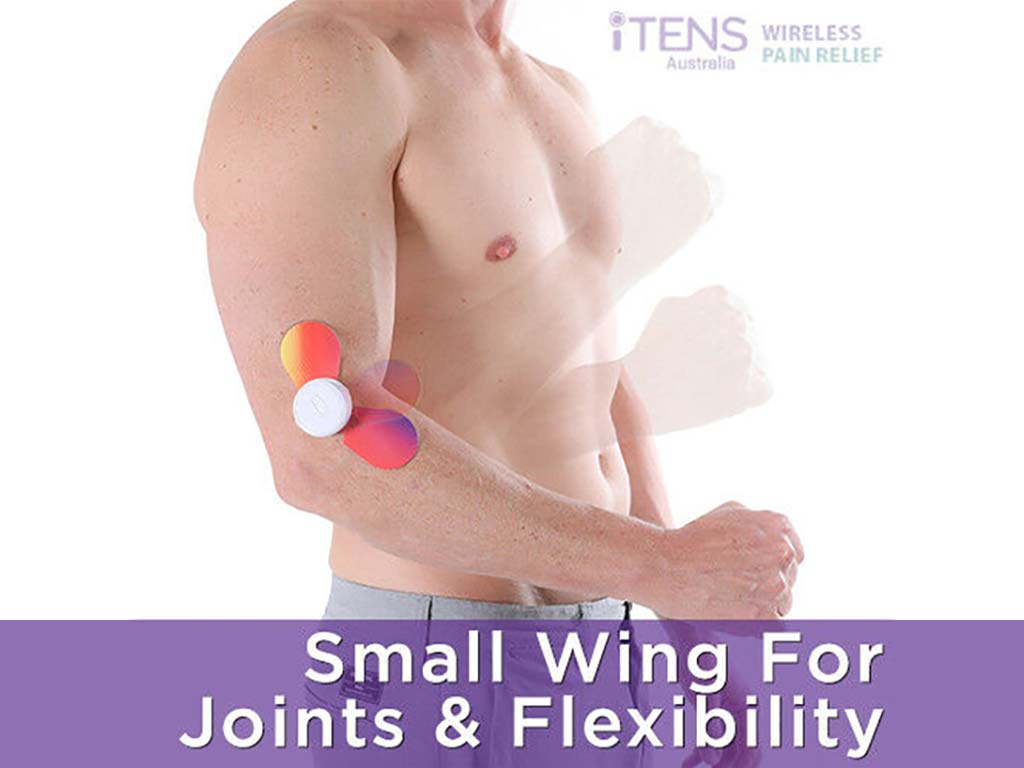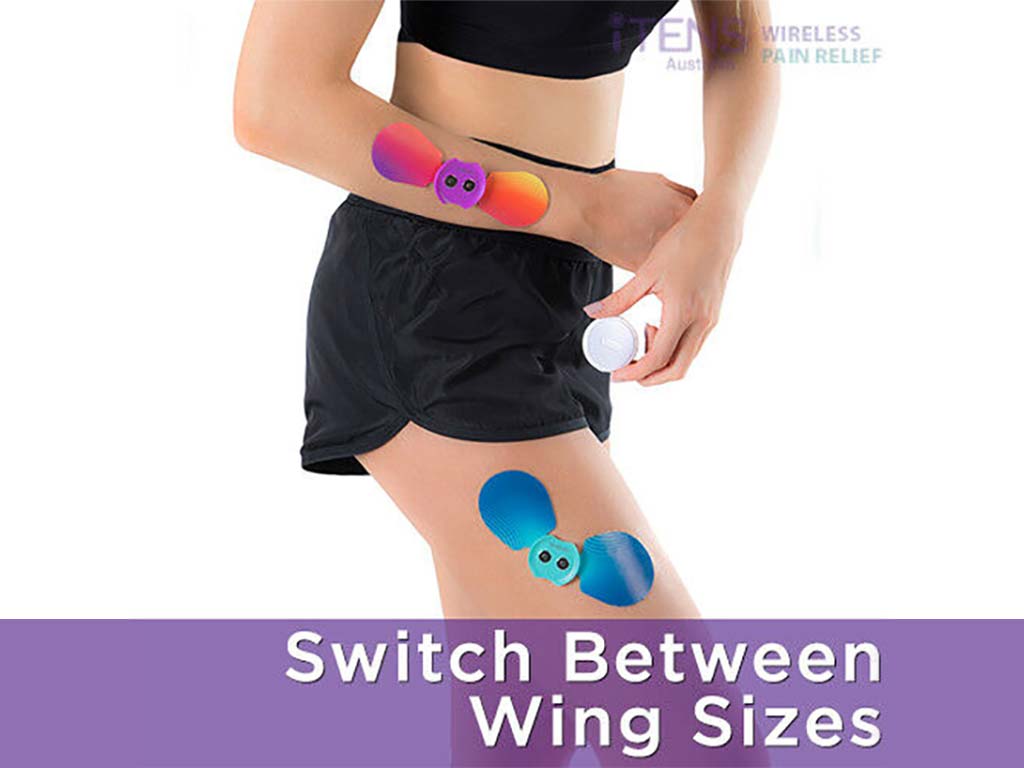
Transcutaneous Electrical Nerve Stimulation (TENS) is commonly used in clinics for people with acute or chronic pain. However, TENS units for athletes also offer many benefits. One of its advantages is to aid in the recovery of tight muscles, muscle strains, and other injuries. It works by delivering electrical currents to the affected areas to block pain signals and increase blood flow. Therefore, it reduces swelling and inflammation that adds to the discomfort.
Athletes are prone to muscle pain and injuries due to strenuous physical activities and training sessions. They often use various techniques to relieve pain, such as heat and ice therapy, massage, and muscle stimulators. A TENS unit is also a helpful device for managing pain or soreness. This article will explore the functions of TENS machines, how they help in physical recovery and tips for maximising pain relief benefits.
TENS Unit for Athletes – What It Is?
A TENS unit for athletes is a portable, battery-operated device that sends electrical impulses to the body. It has a set of adhesive electrode pads that are placed on the skin of the affected area. The device also has adjustable settings in which users can control the strength of the impulses. Therefore, it allows for tailored treatment to suit different levels of pain.
TENS devices also come in different styles and types. The main types are standard and wireless units. The standard TENS machine has a handheld controller that is connected to the electrode pads via wires. On the other hand, wireless TENS machines use Bluetooth technology to control the stimulation from a smartphone. Thus, it offers more convenience and freedom of movement.
Moreover, TENS units are beneficial to use before and after a workout performance. It helps prepare the muscles for intense training and reduces soreness and pain after. In some devices, they combine TENS and Electrical Muscle Stimulation (EMS) to provide more effective relief.
Conditions It Can Treat
- Muscle pain – TENS can help relieve muscle spasms and painful cramps. It also includes overworked muscles or Delayed Onset Muscle Soreness (DOMS) due to sports training or working.
- Inflammatory disorders – joint pains like rheumatoid arthritis, osteoarthritis, gout, and bursitis.
- Nerve pain – TENS disrupts pain signals sent by damaged nerves. Several conditions lead to nerve pain, such as sciatica, carpal tunnel syndrome, and diabetic neuropathy.
- Degenerative disc disease – conditions affecting the spinal column like spinal stenosis and herniated disc.
- Soft tissue injuries – sprains and strains in the muscles, ligaments, and tendons.
- Postsurgical pain – discomfort after a medical procedure.

TENS Unit for Athletes – How It Works for Recovery?
One of the key purposes of TENS units for athletes is their ability to stimulate the nerves and relax the muscles to reduce pain. Firstly, TENS works by inducing the sensory nerves to block the transmission of pain signals to the brain. The device uses 50-120 Hz frequencies to achieve this pain-gating effect.
Secondly, TENS uses low frequency ranges between 2-10 Hz to prompt the release of endorphins. Endorphins are hormones with natural analgesic effects. Furthermore, low-frequency levels stimulate the motor nerves to increase blood flow to the area. By boosting blood circulation, TENS units help to flush out toxins and waste products that accumulate in muscles during intense physical activity.
The combined mechanisms of TENS can significantly speed up muscle recovery and nerve regeneration. Moreover, reducing inflammation helps restore the limited range of motion due to an injury. Individuals may use the device while recuperating from an injury. Hence, it allows athletes to bounce back faster after workouts or competitions.
Benefits of Using the Device
Using the TENS device for muscular recovery offers many benefits. It is non-invasive, allowing users to place the electrodes on the pain area easily. It minimises the need for intrusive procedures as well as minimises the discomfort after an operation. Additionally, it is a drug-free method of pain relief, suitable for people who want to avoid the side effects of medicines.
TENS can be used as a standalone treatment for pain or with other pain relief strategies. For instance, many athletes use the device together with physical therapy or aerobic training. Furthermore, the device is portable, making it easy to use anywhere.

TENS Unit for Athletes – Tips for Achieving Maximum Results
Using a TENS unit for athletes can be an effective way to achieve optimal pain relief. There are several measures to get the most out of the device. When using the TENS machine, it is important for individuals to choose the right settings. Different pain types or conditions require different stimulation levels. It is best to start with the lowest intensity and gradually increase for safe use.
In addition, identify the correct electrode placement. Users should position the TENS pads surrounding the painful spot or beside the affected nerves. For muscle pain, place the electrodes over the muscle belly or key muscle groups. It is also important to avoid certain areas to prevent adverse effects. This includes the head, throat, chest, and spine, which house sensitive nerves and vital organs.
Lastly, keep the duration for 15 to 30 minutes. This is to prevent skin irritation and other side effects of electrotherapy. For treatment of chronic pain, allow a 20-minute break between sessions. Overall, users can maximise TENS therapy by trying different settings to find adequate relief, correct pad placement, and following the safety guidelines.
When to See a Doctor
Although TENS units are generally safe to use, certain injuries should be seen by a medical professional as soon as possible. If pain persists after using the device, it is important to consult a doctor. This also includes severe pain, swelling, numbness, or difficulty moving despite conservative treatments.
Equally important, people with serious medical conditions should seek medical advice before using a TENS unit. This includes individuals with heart problems, epilepsy, electric-implanted devices, and pregnant women. Consulting health professionals can help diagnose underlying problems and develop an appropriate treatment plan. Getting advice for using a TENS machine also ensures injury prevention.
Conclusion
TENS machines have emerged as an effective tool for people with chronic pain and sports injuries. The device uses low-voltage electrical currents to reduce pain without drugs. Moreover, TENS units for athletes aid in the faster recovery of injuries and improve muscle functions. Therefore, individuals in a sports or training program can benefit from using the device. It is also non-invasive and does not have lasting side effects or potential for developing a dependency.
To achieve optimal effects, users should start with the lowest intensity, place the pads correctly, and follow the safety guidelines. It is also important to see a doctor for persistent pain or serious medical conditions. With proper use, TENS therapy can help improve performance in athletes and reduce the need for intrusive treatments. TENS machines are available in different types, features, and sizes. Thus, individuals can find a model suitable for their individual needs.




















